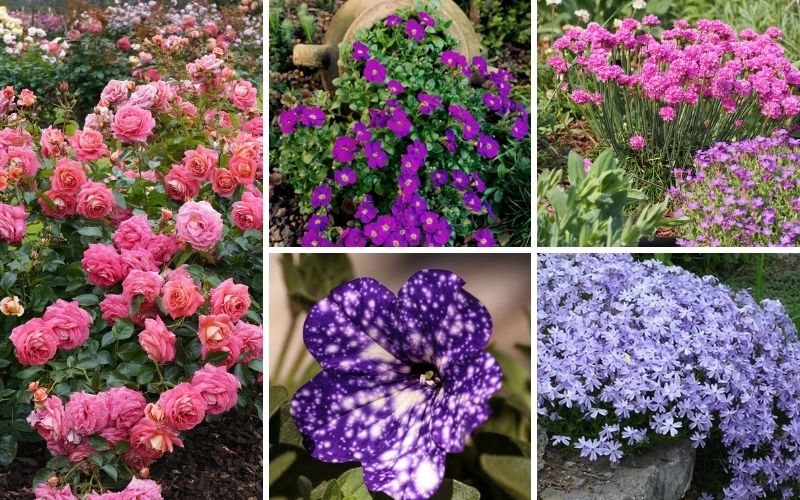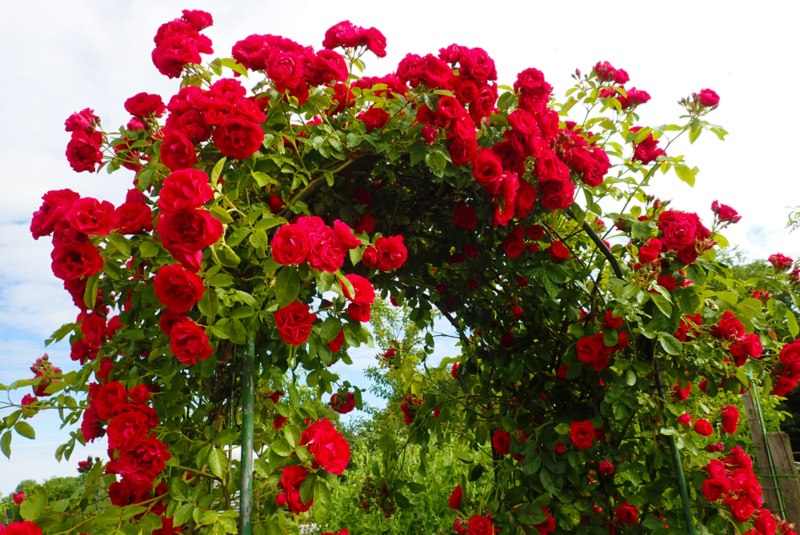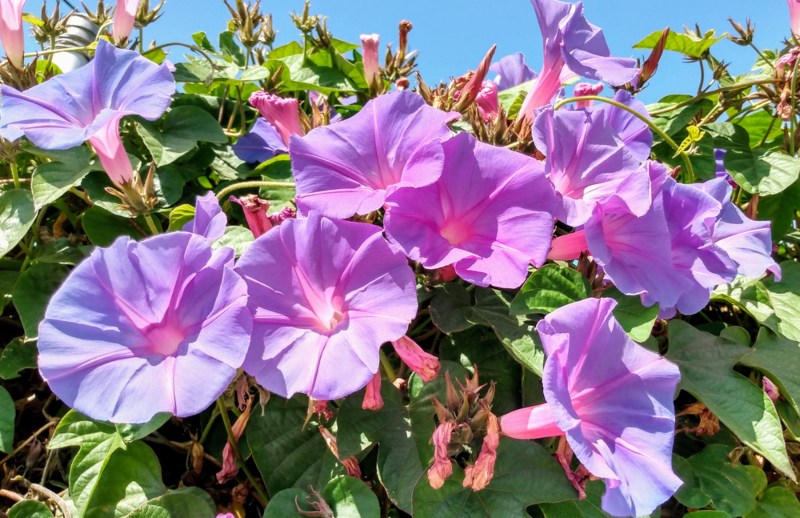
You can grow a flower garden with luscious greenery and full blossoms like you see in popular gardening magazines.
It takes a bit of know-how, though, to achieve maximum blooms.
In this article we cover 5 important and fundamental tips for planning and growing an amazing garden!
1. Choose the Right Fertilizer
You may have heard you should choose a fertilizer with a high phosphorus concentration because it’s necessary for root growth. In return, it will support the entire plant and increase blooming. However, this is far from the truth. You could actually inhibit plant growth with too much phosphorus. It’s possible that this nutrient will accumulate and reach toxic levels when you’re giving it as often as potassium or nitrogen.
As a general rule, you should opt for a fertilizer with three percent nitrogen, two percent potassium, and one percent phosphorus.
Since the acid in your soil can sometimes react poorly with the nutrients, have your soil tested first to figure out the best combination.
2. Use the Right Soil
The soil you choose should have adequate organic matter. Opt for soil with it already in it, or add organic matter to it. The organic matter will enhance the nutrient holding capacity. Not to mention, organic matter elevates the soil’s ability to retain water, maintain a suitable temperature for plant growth, and promote earthworm activity.
Some examples of organic matter beneficial to the soil include rotted manure, mycorrhiza, and peat moss. You could also apply an organic mulch, such as bark. It’ll decompose and supply nutrients to the soil.
3. Enhance Sunlight to the Area
Blossoming plants tend to require six to eight hours of moderate to direct sunlight daily. Increase sunlight to the area by trimming any trees or bushes that are reducing exposure. You may need to take down a bush or tree completely to ensure your flowering plants are getting enough sunlight.
You may need to transplant them to a part of your yard where they can get direct sunlight or move the location of the pots. Make sure you follow transplant protocols carefully, though, to protect your plant from issues such as transplant shock.
Potted plants may need to be moved.

4. Protect the Plants From Weeds
Any plant growth too close to your plants, including weeds, will rob them of the nutrients and hydration they need to bloom. Your plant is then left to compete for nutrients. And weeds are fast-growing and quickly will take over your plants, preventing them from getting the water and nutrients necessary for blooming. Plus, your plants will be more at risk for pest infestations and disease with weeds surrounding them.
Therefore, if you want full blooms, and as many as possible, keep weeds as far from your plants as possible.
You can protect your plants with mulch, routine weeding, and weed killers. Make sure you select a weed killer that is safe for your plants.

5. Water Adequately and Correctly
Water is a necessary element for growing plants. Specifically, the water carries nutrients throughout the plant. Essentially, it’s like a plant’s blood. Not to mention, 95 percent of the plant’s tissue is comprised of it.
Your plants each need a different amount of water for optimal blossoming, and it seems almost impossible to give each one exactly what they need when you’re hosing them. As a general rule, aim for your garden plants to get about one inch of water per week. When you have a rainy week, it’s best to avoid watering. To determine if your plants need watering, place your finger into the soil, about an inch down, to test how moist the soil is.
Potted plants tend to need to be watered daily in the summer.
Strive to water your plants in the morning only, before the sun is at its peak. This allows you to water when the soil is still cool, and it can drain better.
With a few tips, even if you’re not a pro, you can have a garden full of colorful blossoms.






